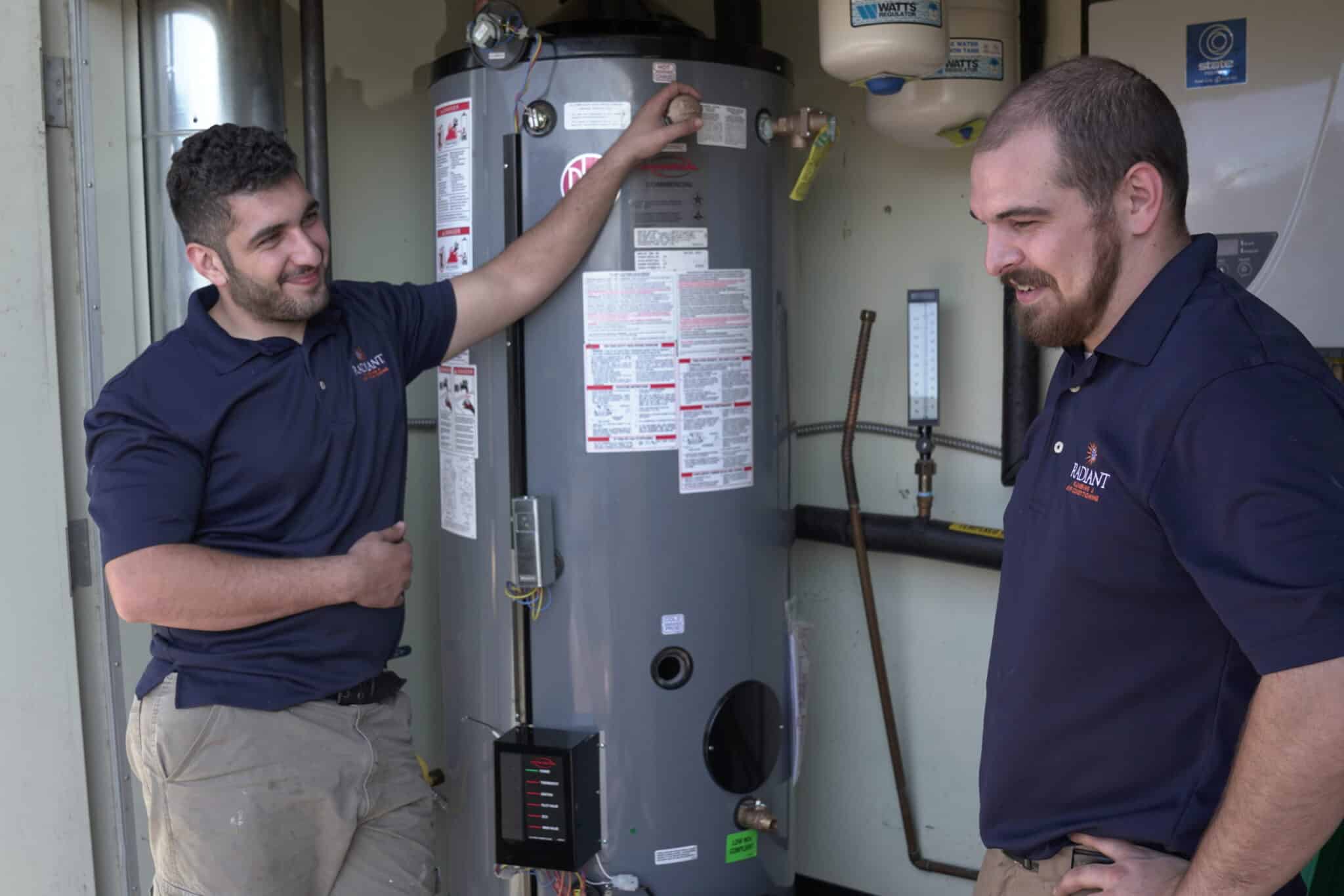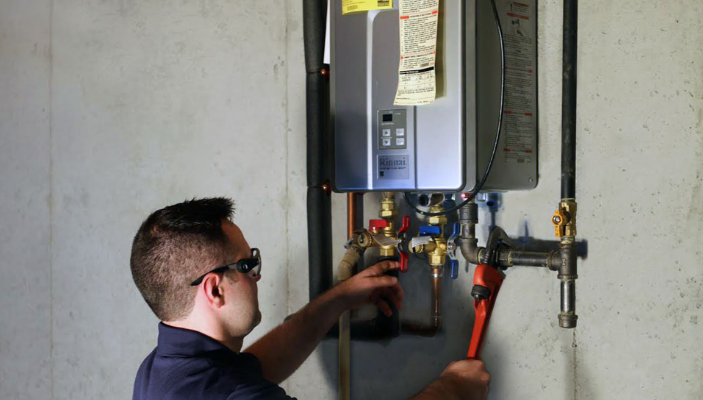Have you been hunting for resources concerning Water Heater Maintenance Tips You Can't Afford to Forget?

Warm water is important for daily comfort, whether it's for a revitalizing shower or washing dishes. To guarantee your warm water system runs effectively and lasts much longer, normal upkeep is essential. This article gives functional suggestions and insights on just how to preserve your home's warm water system to prevent disruptions and pricey repairs.
Intro
Preserving your home's warm water system may seem overwhelming, however with a couple of easy actions, you can ensure it runs smoothly for several years to find. This overview covers every little thing from comprehending your warm water system to DIY upkeep suggestions and recognizing when to contact professional help.
Value of Maintaining Your Hot Water System
Normal maintenance not just extends the lifespan of your hot water system yet also guarantees it operates effectively. Disregarding maintenance can lead to reduced performance, higher power costs, and even early failure of the system.
Indicators Your Hot Water System Requirements Upkeep
Knowing when your hot water system requires focus can stop major problems. Look out for indications such as irregular water temperature, strange noises from the heating system, or rustic water.
Recognizing Your Hot Water System
Before diving right into upkeep tasks, it's handy to understand the fundamental elements of your warm water system. Typically, this includes the hot water heater itself, pipes, anode rods, and temperature controls.
Regular Monthly Upkeep Tasks
Normal month-to-month checks can aid catch minor problems prior to they intensify.
Purging the Hot Water Heater
Purging your hot water heater removes sediment buildup, improving efficiency and prolonging its life.
Checking and Replacing Anode Rods
Anode rods stop deterioration inside the container. Checking and changing them when worn is vital.
Evaluating and Readjusting Temperature Settings
Adjusting the temperature settings makes sure ideal efficiency and safety and security.
Do It Yourself Tips for Upkeep
You can perform numerous upkeep tasks yourself to keep your hot water system in top problem.
Looking for Leakages
Consistently inspect pipelines and links for leakages, as these can cause water damage and higher costs.
Evaluating Pressure Relief Valves
Testing the stress safety valve ensures it functions correctly and protects against extreme pressure buildup.
Shielding Pipelines
Protecting hot water pipes decreases heat loss and can conserve power.
When to Call an Expert
While do it yourself upkeep is valuable, some issues call for expert proficiency.
Complex Concerns Requiring Specialist Assistance
Examples consist of major leaks, electric problems, or if your hot water heater is constantly underperforming.
Routine Expert Upkeep Perks
Professional upkeep can include detailed assessments, tune-ups, and ensuring compliance with safety and security standards.
Verdict
Routine upkeep of your home's hot water system is crucial for effectiveness, durability, and price savings. By adhering to these suggestions and recognizing when to seek specialist help, you can ensure a trusted supply of hot water without unanticipated disruptions.
How to Maintain an Instant Hot Water Heater
Before tinkering with your hot water heater, make sure that it’s not powered on. You also have to turn off the main circuit breaker and shut off the main gas line to prevent accidents. Also turn off the water valves connected to your unit to prevent water from flowing into and out of the appliance. 2. When you’re done, you have to detach the purge valves’ caps. These look like the letter “T†and are situated on either side of the water valves. Doing so will release any pressure that has accumulated inside the valves while at the same time avoid hot water from shooting out and burning your skin. 3. When the purge valves’ caps are removed, you have to connect your hosing lines to the valves. Your unit should have come with three hoses but if it didn’t, you can purchase these things from any hardware or home repair shops. You can also get them from retail stores that sell water heating systems. Read the user’s manual and follow it to complete this task properly. When the hosing lines are connected, open the purge port’s valves. 4. You should never use harsh chemical cleaners or solutions when cleaning your unit. Make use of white vinegar instead. It should be undiluted and you’ll probably use about 2 gallons. 5. Now flush your water heater. This task should probably take about 40 minutes. We can’t give you specific directions for this because the procedure is carried out depending on the type, model and brand of your heater. With that being said, refer to the user’s manual. 6. When you’re done draining the unit, you have to turn off the purge port valves again. Remove the hosing lines that you earlier installed on each of the water valves. Put the valve caps (purge port) back in their respective places and be very careful so as not to damage the rubber discs that are found inside these caps. 7. Now that everything’s back in place, check your user’s manual again to find out how to reactivate your water heating system. 8. Once it is working, turn one of your hot water faucets on just to let air pass through the heater’s water supply pipes. Leave the tap on until water flows smoothly out of it. https://www.orrplumbing.com/blog/2014/september/how-to-maintain-an-instant-hot-water-heater/

As an avid reader about Tips on Maintaining a Water Heater, I thought sharing that article post was a smart idea. If you enjoyed our page if you please remember to share it. Thanks a bunch for your time. Don't forget to stop by our site back soon.
Schedule Free Estimate